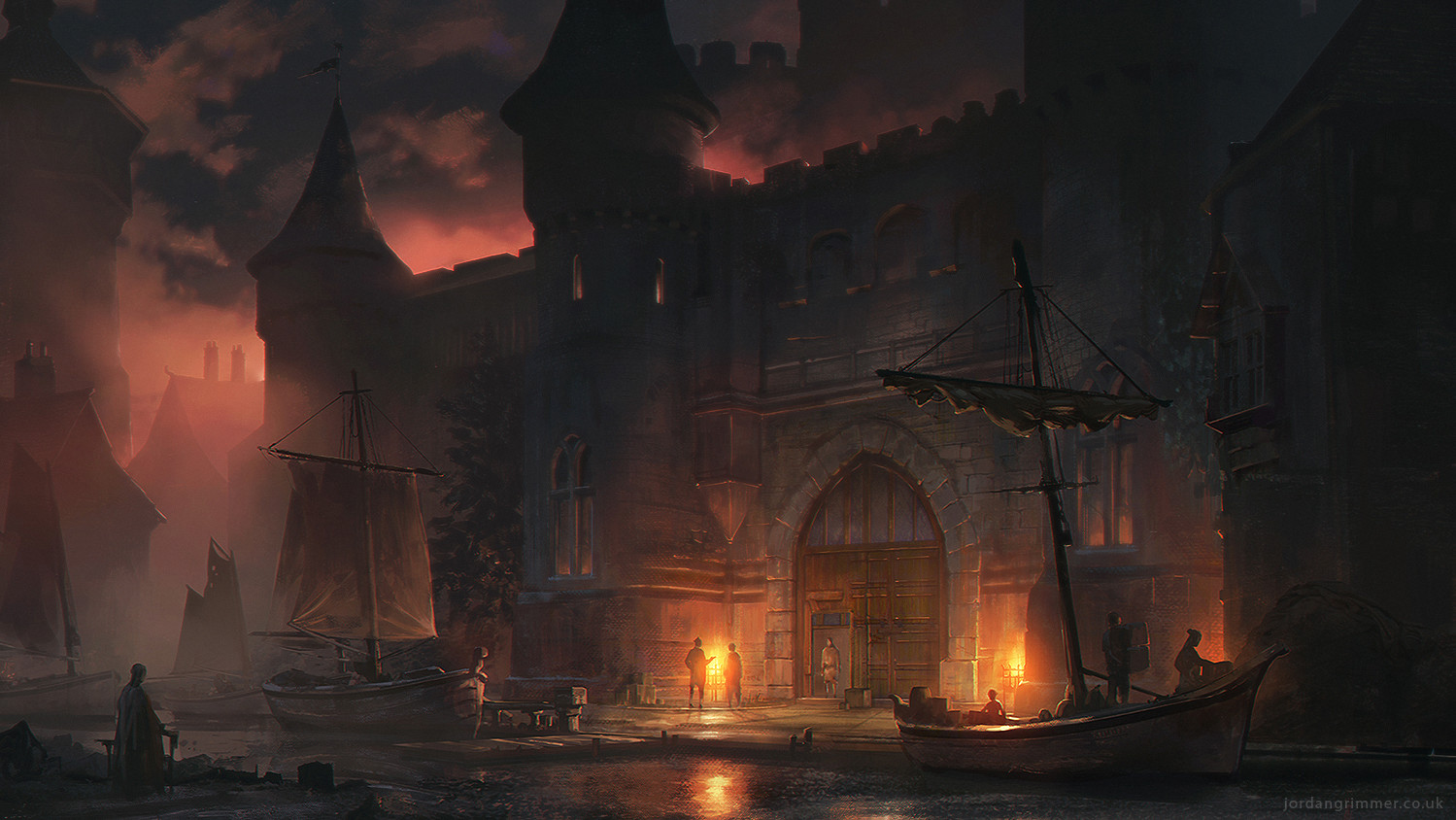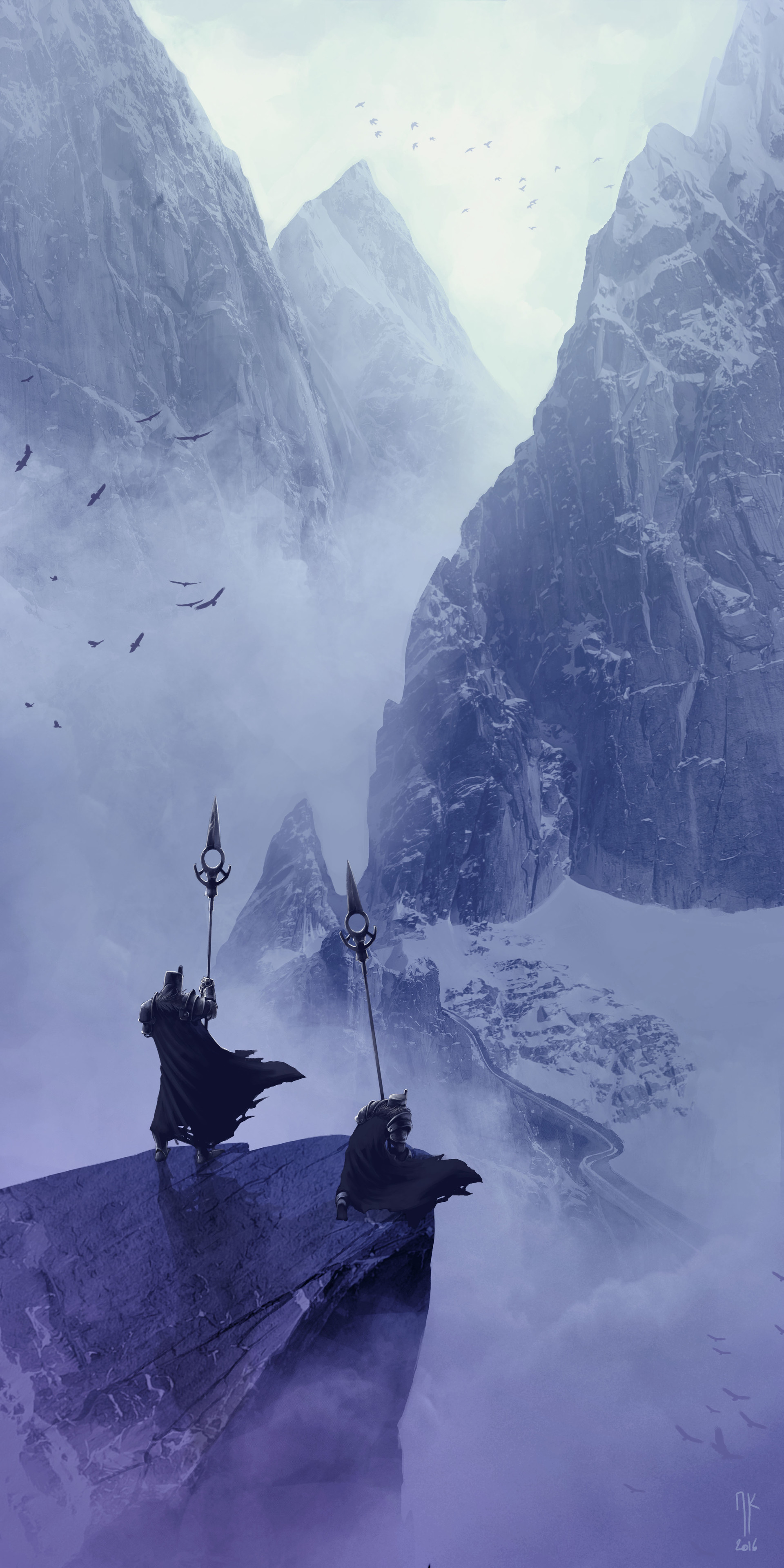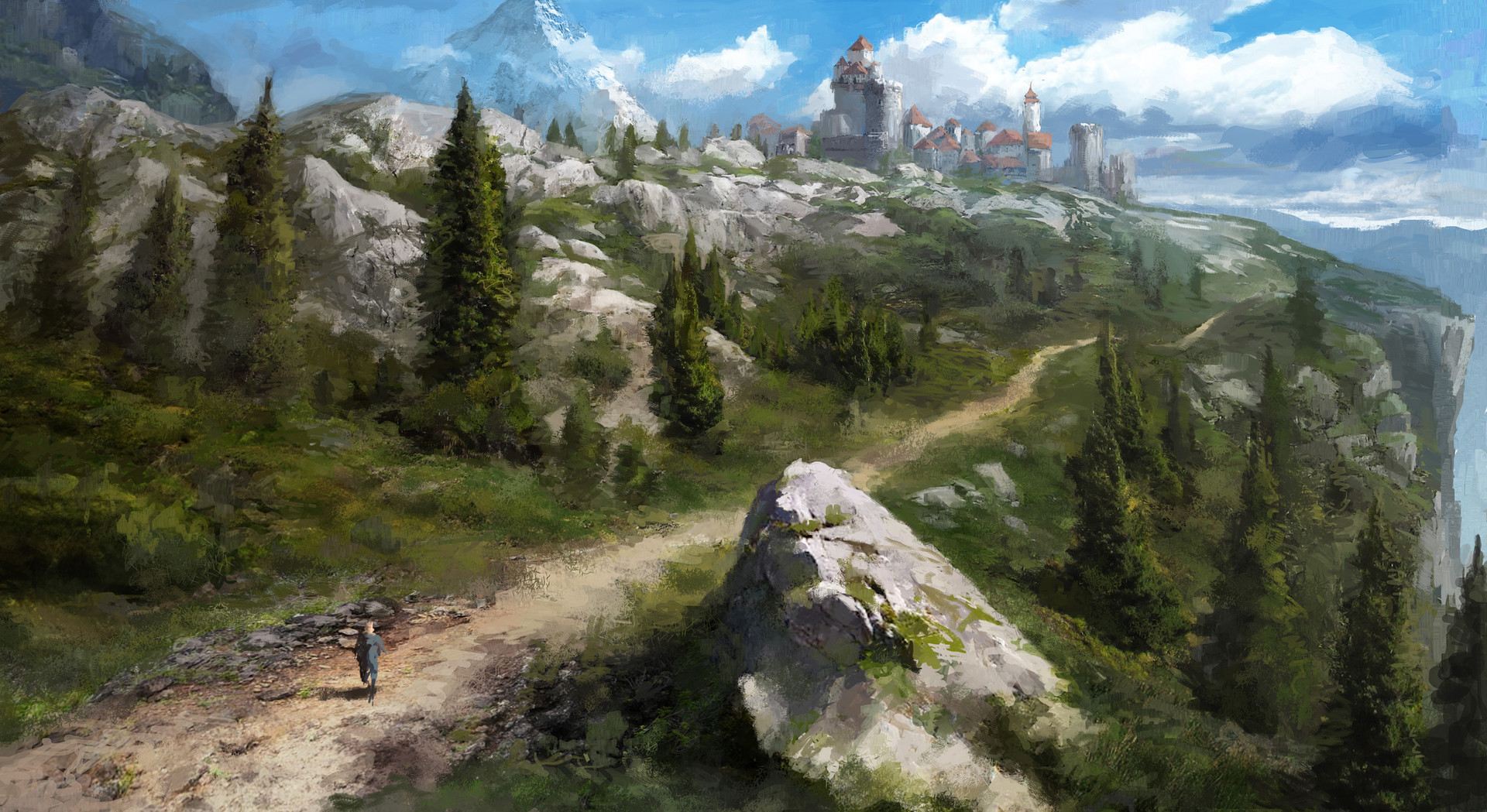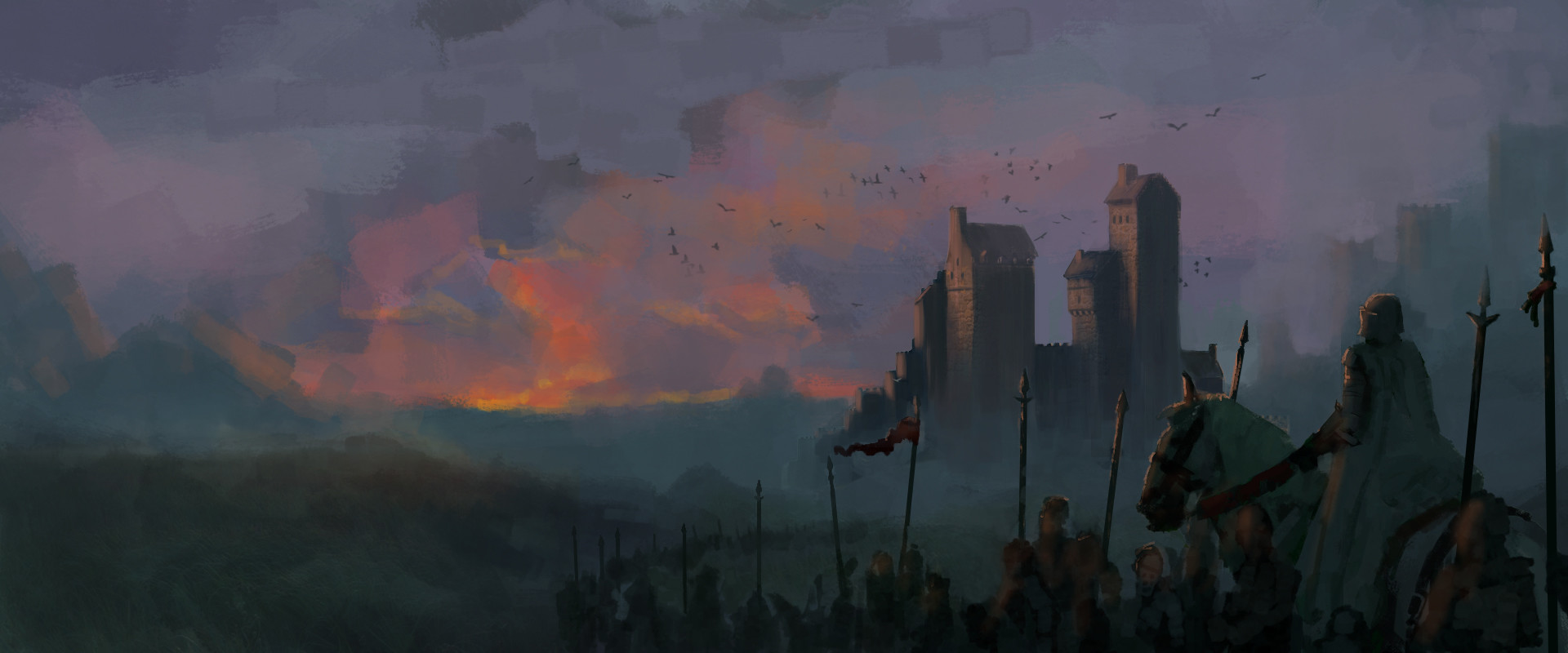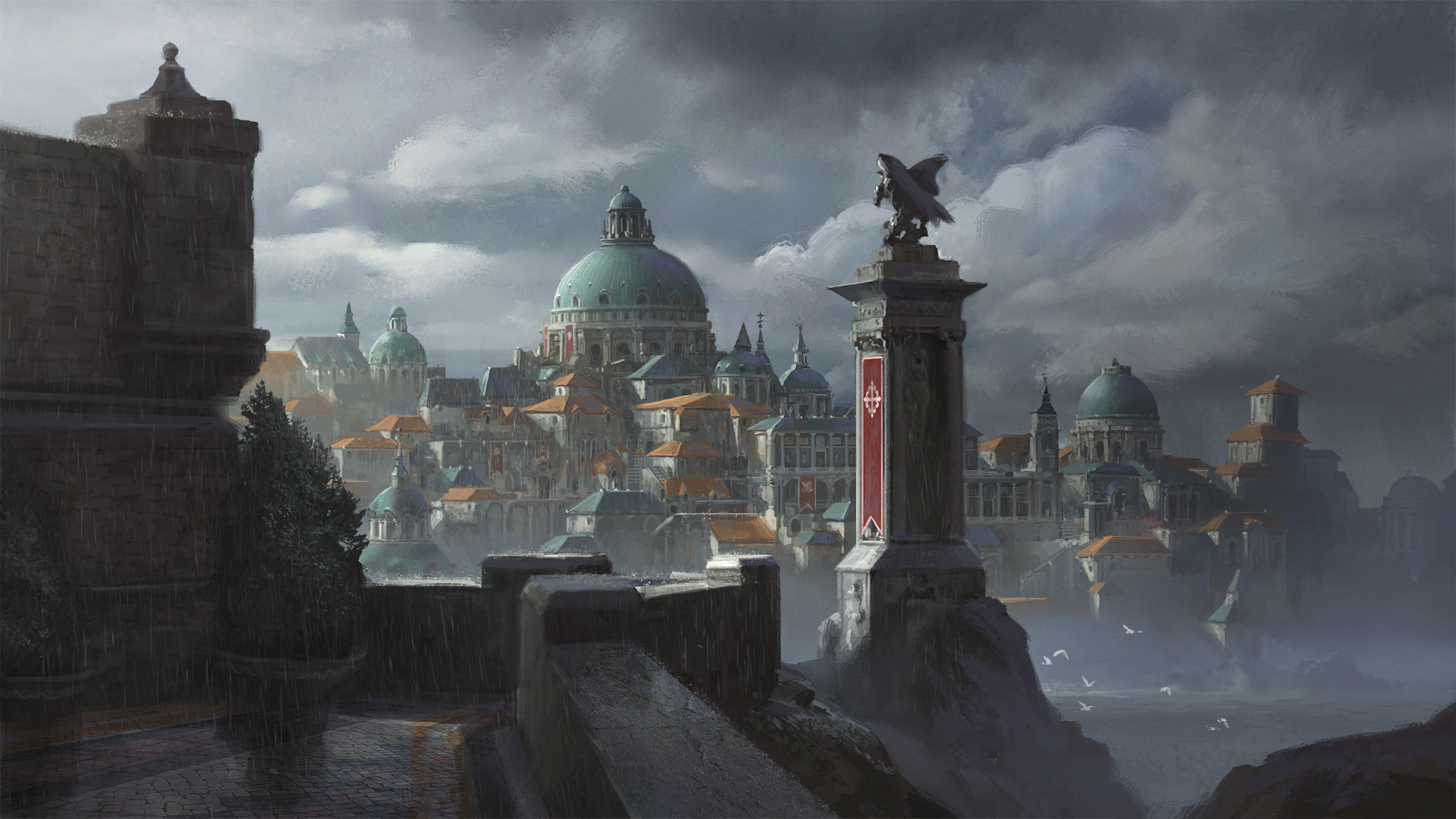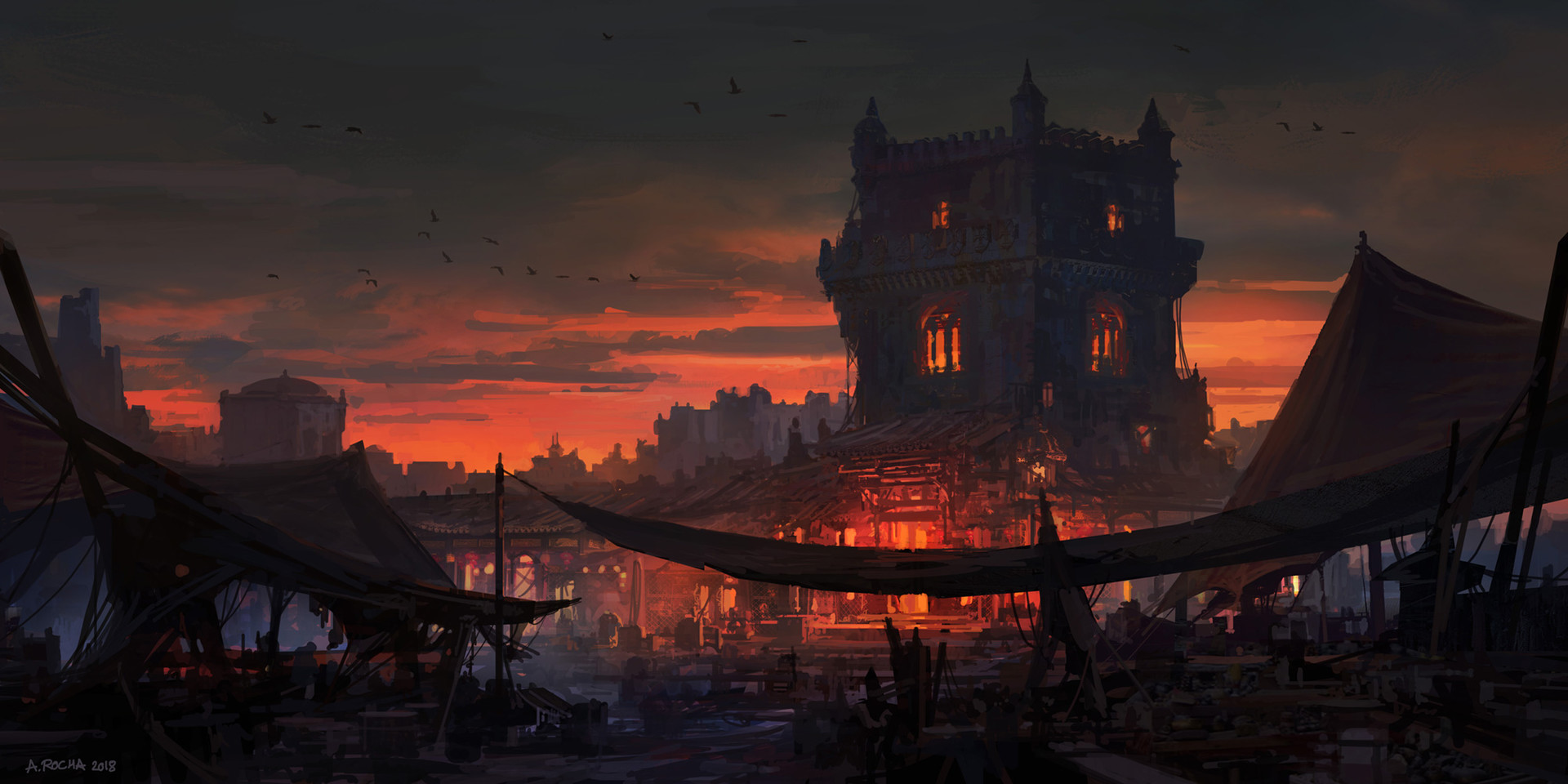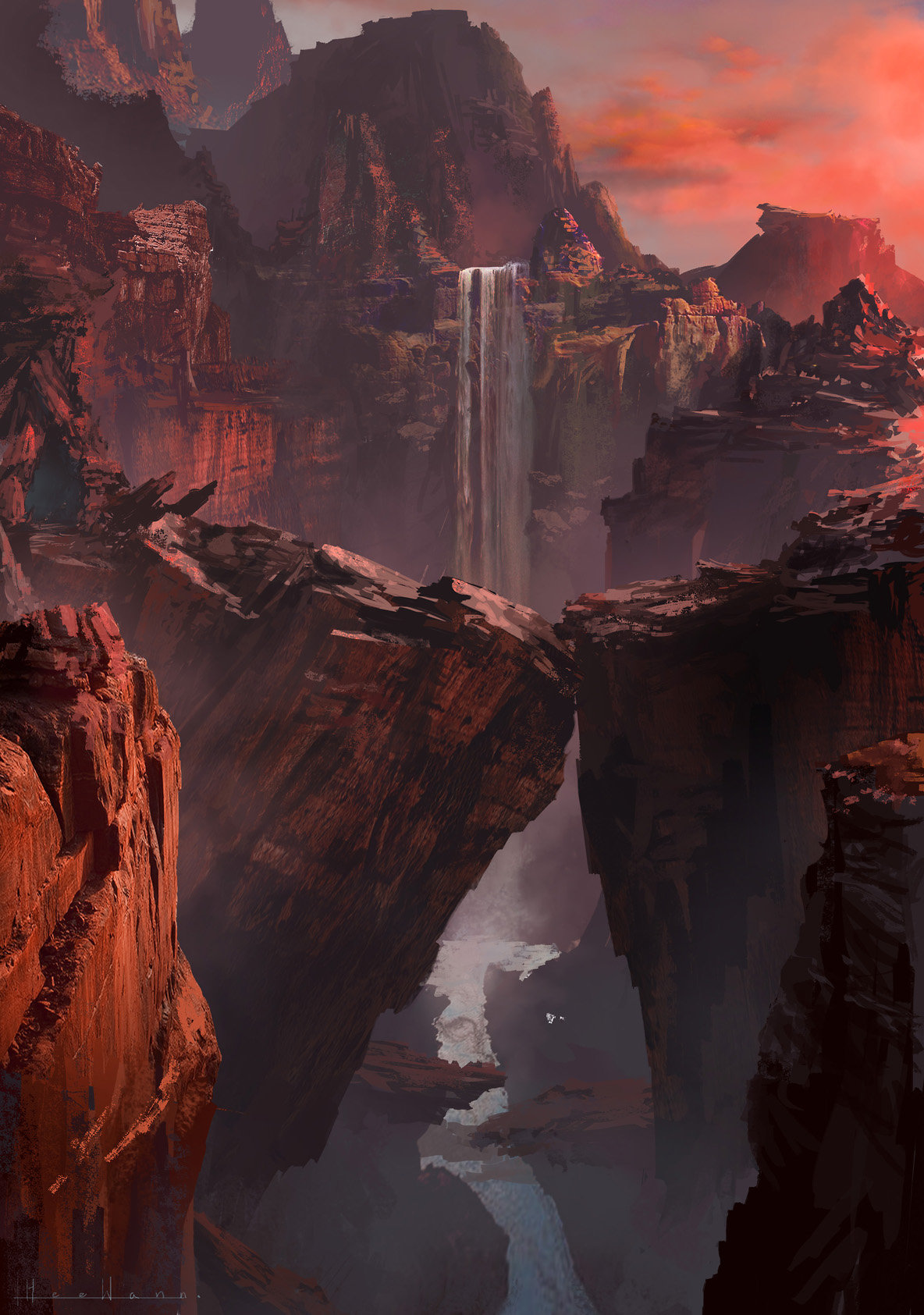Magic, the practice of using Aether to perform acts which no man could possibly do, to heal wounds in a near instant, and to even raise the dead from their graves. Few have delved so far into the study of Aether as the mages of Ishan-Ai and fewer even have access to the knowledge they have uncovered. Bits and pieces of their studies have been leaked, either through spies or simply their own free will. From those pieces many practicing mages have been able to get a solid grasp on the source of their power and the cost which comes with it.
Aether is the force which powers a mage’s spells, the driving force that allows a normal man to create a raging fireball or even heal a cut. Aether is believed to come from another plane of existence and leaked into the material plane through some unknown means. However, what is known is that anybody can harness the power of Aether and that it is inherently connected to the Aetherials. Aetherials are believed to inhabit the same plane Aether comes from and can be summoned with forbidden magic however this mostly results in contact with malevolent beings. Aether, however, is divided into four schools of study.
A mage’s spells are limited in effect by the Aether Reserves they have built up. Most mages start out with very small Reserves which grow over time as they get older and hit their peak around their twenties. However, the true measure of a mage’s power is not in their reserves but rather in how they use their magic. Magic is, in of itself, not the primary tool in a mage’s arsenal however it is a powerful one, allowing a mage to turn the tables on their foe in an instant in some cases. If a mage is smart they can stretch out their reserves with fewer spells at a lower cost or simply go all in with a single spell. Casting a spell, however, is where a mage will show their true strengths.
In ancient times mages are believed to have used rituals and runes etched on their equipment to cast spells from the ambient Aether. However, with such Arts lost to time and forbidden to be studied, mages have turned mostly towards casting vocally with chants. The power of a chant is often based on its length, a single fireball even capable of becoming a raging inferno by building upon its chant. However, a single mispronunciation or missed letter can result in a backfire or miscast. As a mage grows more skilled however, such failings tend to become less and less common and the chanting faster. Eventually a highly skilled mage may even be able to change how a spell reacts by changing the chant.
Elementalism
Elementalism is the art of controlling the natural elements of the world, bending them to one’s will and even creating them. Elementalism is further divided into Pyromancy, Cryomancy, Geomancy, Aeromancy, and Electromancy. Though one can learn all the elemental arts, this often comes at the cost of overall skill in them. Most mages are known to specialize in one or two elements at most, generally one’s which do not have conflict with each other.
Pyromancy- Pyromancy is the art of creating and using fire, both as a weapon and a tool. Pyromancy is one of the easiest and most common of the Elemental Arts to learn, often used offensively rather than any form of defense. Pyromancy is, however, countered by Cryomancy and it is rare for a Mage to learn both due to the varying casting of the elements.
Cryomancy- From Cryomancy comes the art of manipulating, creating, and using water and ice. Similar to Pyromancy, Cryomancy is common to among the Elemental Arts and one of the most varied. Due to its nature of being the most flexible of the arts, it has applications as both offense and defense however it specializes in neither and tends to be overlooked.
Aeromancy- To control the very wind allows one to have a large presence on the battlefield or not, for those who wish to go unnoticed. Aeromancy is the rarest of the Elemental Arts to learn due to high chance to miscast with even a single error. However, it is both powerful offensively and defensively when the spells are correct. It is, however, heavily countered by Geomancy and few Aeromancers are capable of learning any of the other Arts.
Geomancy- To manipulate the very earth beneath one’s feet, to create walls and waves of ground to crush your foes. Geomancy one of the rare Arts to learn due to the few mages so intune with its element. However, Geomancy is an effective defensive Elemental Art as well as a strong offense however its spells consume more of one’s Aether reserves than any of the main three Arts.
Electromancy- With singing bolts and crackling lighting, Electromancy brings the power once revered and believed only capable of being achieved by the Gods to a mage. Electromancy is the strongest offensive Elemental Arts and often can be applied for minor defensive skills in combat. However, the biggest drawback of Electromancy is the drain it has on one’s Aether reserves. Often Electromancers find themselves on the very edge of their reserves if their battle is not over in a few minutes. Electromancy is, however, almost as rare as Aeromancy due to much of its knowledge being forbidden by mages of Ishan-Ai
Restoration
To influence the sway of life and death, to cure an illness and protect your allies from further injury; Restoration is truly one of the most valued schools of magic. From Restoration a Mage can heal most wounds at a drain to their reserves the longer their spell lasts and how severe the wound is. Despite this and the belief that Restoration magic is, rather, a miracle by the Gods is often false due to the limited degree which it can heal a person. While a mage can sew up a wound as if it was never there, the damage underneath can be left behind. Often times an unskilled and untrained Mage will do more damage than what their healing was worth by twisting the muscles into a horrid mass as it heals or leaving areas untouched.
As such, most mages who wish to learn Restoration can be offered classes in anatomy and physiology of the Races, at a cost of course, in most major cities in Eroammir and the Imperium. Some of these classes even train mages in preparation for when their magic reserves are out and they must rely on less grand methods of tending a wound such as alchemy. To some, however, the drive with Restoration is learn how to resurrect the dead, a feat that no mage has accomplished in history. They can, however, cure a illness even as it ravages a dying man’s body, offering the man a chance to come back from the verge of death.
One of the lesser known uses of Restoration magic is, however, in warding. Rather than healing wounds or curing illnesses, Warding focuses on placing magical spells on an object to give it an Aspect. These Aspects come in the form of Observation, Enhancement, and Deflection. Observation wards allows a mage to detect when a person enters an area or see an area from afar. Enhancement wards may temporarily give allies a boost to their physical abilities at a large cost of a Mage’s reserves, allowing them to sway a battle in mere seconds. Deflection wards, on the other hand, are purely defensive reflect most magical or physical sources of damage for the length of their existence. Warding, however, is one of the harder Magical arts to learn due to the drain it puts on one’s reserves and length needed for their casting.
Necromancy
Holding sway of the living is for Restoration, to raise corpses from the ground, summon spirits, and even contact Demons is the realm of Necromancy. From Necromancy one may find that, perhaps, most people do not like the idea of having their loved one’s dug up and their corpse paraded around for a battle. However, it is also from Necromancy that one may discover knowledge once lost, never shared between a single living soul on the mortal plane and lost with an old mage’s death. Necromancy provides a mage the ability to summon a soul and temporarily bind it to the mortal plane. However, the act of such a spell often draining and the results tend to vary as few survive the trip between planes sane. On the other hand, one could simply settle to raise a thrall from the ground to fight and protect the mage.
Most tempting of all, however, is the act of summoning a Demon into the physical plane from the Aetherial realm. The purpose of such a spell is to gain knowledge or enhance one’s magic, at a cost of course, through a deal with the Demon. However, summoning one is far more difficult than it seems as no mage inherently has the reserves to do as such. Instead they must rely on the darker side of Necromancy, Blood Magic, to spill the lifeforce of another and use its magic to draw the Demon in. Demons are, however, devious beings even for Aetherials and their deals tend to leave the mage at a heavy cost.
Rituals
Lost to ages and forbidden by the Kings and Queens of old from the Imperium, Ritual magic is an ancient school that none have access to due to power which it may grant. From the early Era of the Imperium has the study of Ritual Magic been banned, all scrolls on it locked away in the Grand Library of Ishan-Ai. However, much of the speculation around its function has given rise to wild tales and assumptions, some which have not so lightly been mentioned as more than wild tales. From a Ritual one could easily summon a Demon without a cost to one’s self, even bind such a creature to one’s service by the effects of the summoning circle. Some say that it could even bring back a dead man, raise a field of ancient soldiers, or even create forests from thin air. However, such Arts are considered lost upon the world and only the speculation remains.





